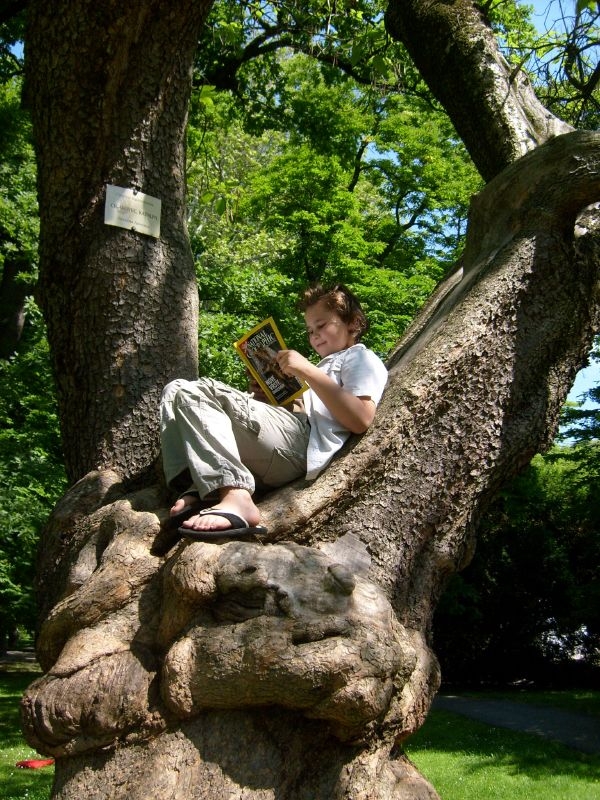Last summer, wildfires sped by drought turned large chunks of Texas into a moonscape. Nationally, 2011 saw the third worst wildfire season in the United States since 1960: More than 8.7 million acres of land burned.
It’s the job of congressional staffers working on energy and natural resources issues to know facts like this. But some of them have a more urgent and perverse interest in this particular statistic: they’re participants in a macabre annual office pool in which they try to predict how many acres of U.S. land will burn in wildfires.
Frank Gladics, a professional staffer on the Republican side of the Senate Energy and Natural Resources Committee, runs the contest. On Tuesday he sent out 2011’s results in an email that was perhaps forwarded a little too widely. (Grist managed to obtain a copy, after all.) Participants in 2011 ranged from lowly legislative aides to powerful staffers, like Bruce Evans, the Republican staff director for the Senate Appropriations Committee. The entrants Grist identified all worked on the Senate side of the Hill.
A morbid version of a jellybean-counting contest, the pool asks staffers to guess the number of acres that will burn each year; guesses that exceed the actual number, as reported in the National Interagency Fire Center Situation Report (PDF), are disqualified.
At best, this little stunt could be excused as gallows humor — a peculiar inside-the-Beltway bonding ritual for disaster wonks. Since wildfires level people’s homes, imperil both residents and firefighters, and serve as a barometer for climate-change-driven havoc, the annual game might also simply be tone-deaf, tasteless, and heartless.
According to rules laid out in the email, the contest is open to committee and personal office staff who cover energy and natural resources issues, as well as appropriations staff, because “you never want to leave them out — you might need a rider from hell someday.” The prize: one of Gladics’ hats. (Available: “the Wizard Hat; the When Pigs Fly Hat; or the mechanical Holly-Jolly Christmas Hat.”)
In case there’s a tie, participants are also asked to guess how many fire-fighting planes (“fixed-wing, heavy-slurry aircraft”) will crash, become unusable, or be grounded, and how many weeks those aircraft will be out of service. The tie-breaker prize? “Not one, but both” of Gladics’ elephant-head squeeze toys (with eyes that bulge when pressed).
The competition, which has been going on since 2003, is largely a Republican affair, although at least a couple of personal office staff of Democrats have thrown their hats in, too. This year’s winner was Chuck Kleeshulte, a professional staff member on the Senate energy committee who has also worked in the personal office of ranking member Sen. Lisa Murkowski (R-Alaska).
Asked about the poll, Robert Dillon, the minority communications director for the energy committee, said that it “highlights our concern with Forest Service’s treatment of public land.”
“We’ve got more and more Eastern senators on the committee,” he said, explaining that the contest is a way to enlighten those representative’s staff members, who might not be as familiar with the fire problems that plague the West.
“It’s not an official way to educate them,” Dillon said. “It’s a fun, backroom way to do it.”
The contest’s tongue-in-cheek tone doesn’t exactly match the solemn note committee members strike when they address the public. At a June 2011 hearing on wildfire management, Gladics’ boss, Sen. Murkowski, said of wildfires, “You worry about these things. You worry about what is happening within any given fire season, but to those who have lost property, those who have been threatened, we are very concerned.”
Murkowski has been critical of the Forest Service’s firefighting policy, and both her frustrations and her staffers’ contest trace their origins to 2003, when a fleet of aging firefighting aircraft was taken out of service. (These were planes similar to the heavy-slurry aircraft featured in Gladics’ tiebreaker question.) Since then, the Forest Service has been looking for a way to acquire large aircraft to replace the decommissioned fleet; Murkowski wants the agency to move more quickly and be more flexible.
Gladics, who works on wildfire issues, told firefighters as much at a conference last May: “Go back and look at alternate aircraft, including water-scooping aircraft. Our forests, the resources and communities can’t wait another 10 years while you wait for the existing fleet to become inoperable in hopes Congress will be forced to buy you that Ferrari you want.”
But the roulette wheel of congressional funding isn’t the largest challenge that’s facing wildland firefighters. As climate change worsens, fires like those that scorched Texas this year will multiply. Fire seasons are growing longer as snowpacks melt earlier, and drier conditions drive more fires, faster.
Gladics promised in his email that next year’s contest would start earlier than usual. As his fellow staffers heed his advice to “start sharpening your pencils and reading up on those statistic books from your college courses,” perhaps they will also consider the impact of climate change on the predictions they will make. But if they really want to raise awareness about the threat of wildfires, they should also probably find a way to do so that doesn’t involve squeeze toys.



